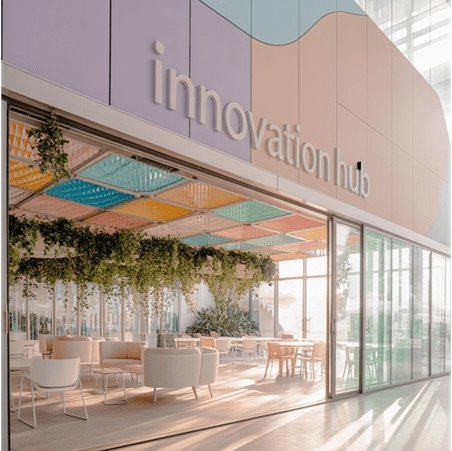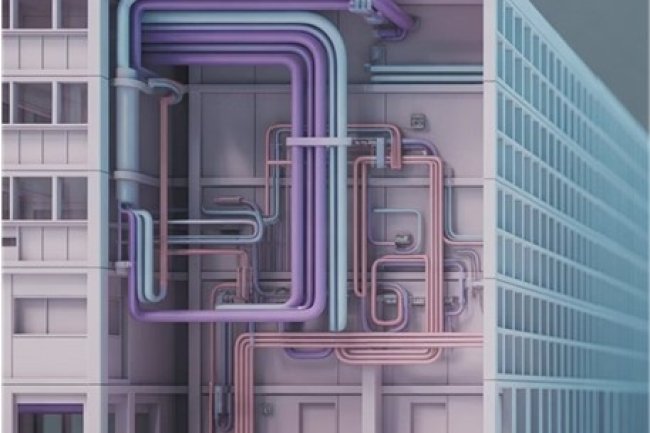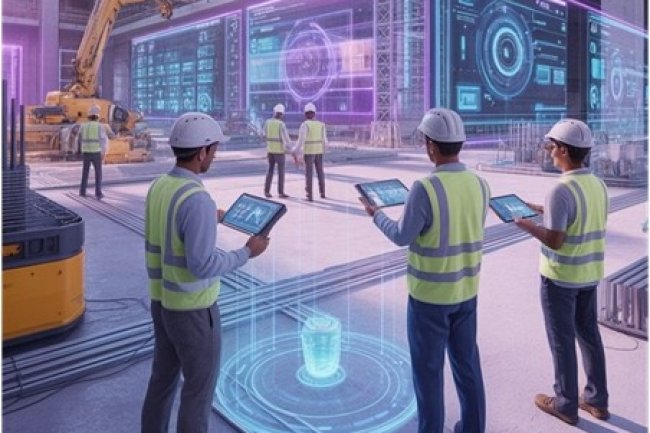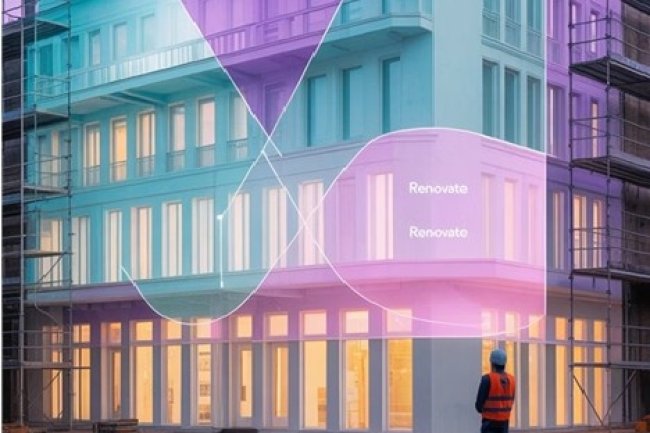Building Tomorrow: BIM's Critical Role in Creating Pandemic-Ready Public Spaces
The COVID-19 pandemic fundamentally reshaped how society views public spaces. From hospitals to schools, offices to transit hubs, the built environment became a critical factor in public health outcomes. Architects and engineers now face the unprecedented challenge of designing spaces that safeguard occupants while remaining functional, welcoming, and economically viable. Building Information Modeling (BIM) has emerged as a vital tool in this effort. By enabling comprehensive design analysis, real-time collaboration, and precise execution, BIM empowers professionals to create pandemic-ready buildings that prioritize health without sacrificing user experience.

The New Reality: What Makes a Building Pandemic-Ready?
Advanced Ventilation
Enhanced HVAC systems with improved air filtration, increased outdoor air circulation, and strategic airflow patterns to minimize contamination risks.
Touchless Technologies
Automated doors, voice-activated elevators, and sensor-based lighting systems that reduce surface contact points and transmission pathways.
Flexible Space Design
Modular layouts that can quickly adapt to changing occupancy requirements, social distancing protocols, and emergency response scenarios.
Health Monitoring Systems
Integrated sensors for air quality monitoring, temperature screening, and occupancy tracking to maintain optimal health conditions.
BIM's Unique Advantages in Pandemic-Ready Design
Early Design Validation
Model airflow patterns and identify potential contamination zones before construction begins.
Cross-Discipline Coordination
Ensure MEP systems support health objectives without compromising structural integrity.
Performance Optimization
Test different scenarios to find the optimal balance between health, comfort, and energy efficiency.
Real-World Applications: Where BIM Makes the Difference
Healthcare Facilities
BIM enables precise modeling of negative pressure zones, contamination barriers, and patient flow patterns. Teams can simulate different outbreak scenarios and optimize layouts for both normal operations and emergency response.
Educational Institutions
Schools require flexible spaces that can adapt to changing health protocols. BIM helps design modular classrooms with enhanced air circulation while maintaining acoustic performance and natural lighting.
Commercial Buildings
Office buildings need to balance employee safety with productivity. BIM models help optimize space layouts, ventilation zones, and technology integration for maximum occupant confidence.
The Technology Behind Pandemic-Ready Design
3D Modeling & Simulation
Create detailed representations of airflow patterns, occupancy scenarios, and system interactions to validate design decisions before implementation.
Performance Analytics
Analyze energy consumption, air quality metrics, and space utilization data to optimize building performance for health and efficiency.
Real-Time Collaboration
Enable distributed teams to work together seamlessly, ensuring all disciplines contribute to pandemic-ready design solutions.
Continuous Improvement
Modern BIM platforms integrate with IoT sensors, building management systems, and health monitoring technologies to create a feedback loop that continuously improves pandemic readiness.
The Future of Public Spaces is Health-Conscious
Key Takeaways for Your Next Project
-
Start with health objectives as core design criteria, not afterthoughts
-
Use BIM's simulation capabilities to validate air quality and occupancy strategies
-
Plan for flexibility—future pandemics may require different responses
-
Integrate smart building technologies from the design phase, not as retrofits
-
Document everything in your BIM model for future maintenance and upgrades
The pandemic taught us that buildings are not just shelter—they're active participants in public health. BIM gives us the tools to design spaces that protect people while creating functional, inspiring environments for our communities.
Ready to Build Pandemic-Ready Spaces?
The future of public architecture depends on our ability to integrate health, technology, and human experience. BIM makes this integration possible, turning complex challenges into manageable design problems with measurable solutions.
What's Your Reaction?
















